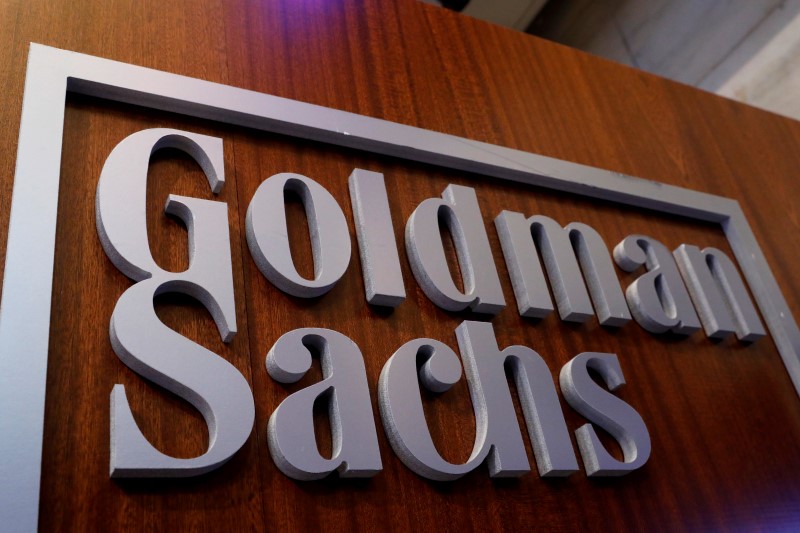Goldman Sachs strategists anticipate the Federal Reserve will opt for a 50 basis point (bp) rate cut at the upcoming Federal Open Market Committee (FOMC) meeting.
The bank explained in a note Wednesday that the move would be driven by recent weak labor market data and declining inflation.
According to Goldman's Chief Strategy Officer, "Powell was very dovish at Jackson Hole," and with weakening data, the Fed is now far from neutral, justifying a larger cut.
The strategists point out that while the Fed's communication has been confusing, the rapid changes in economic conditions, such as falling oil prices and softening labor market trends, suggest a 50bp cut is warranted.
The unemployment rate (UR) is rising, and inflation is on track to hit the Fed's 2% target. As analysts explain, "If you’re at target on inflation, at target on labor (and trend to overshooting that target on the weaker side), policy should be around neutral."
The strategists believe that the size of the initial cut—whether 25bp or 50bp—matters less than the Fed's overall commitment to staying ahead of the curve.
"50 is the least regret strategy," the strategists add, emphasizing that it could prevent the Fed from falling behind in managing economic risks.
Looking ahead, Goldman Sachs expects the Fed to cut rates by a total of 100bps by the end of the year, with 50bps in September and 50bps in November.
The path of future rate cuts will depend on labor market data, with further easing likely if unemployment continues to rise.
Ultimately, the strategists suggest that a 50bp cut would be seen as a proactive move, with potential upside for consumers and mortgage rates, while defensive sectors might suffer.
